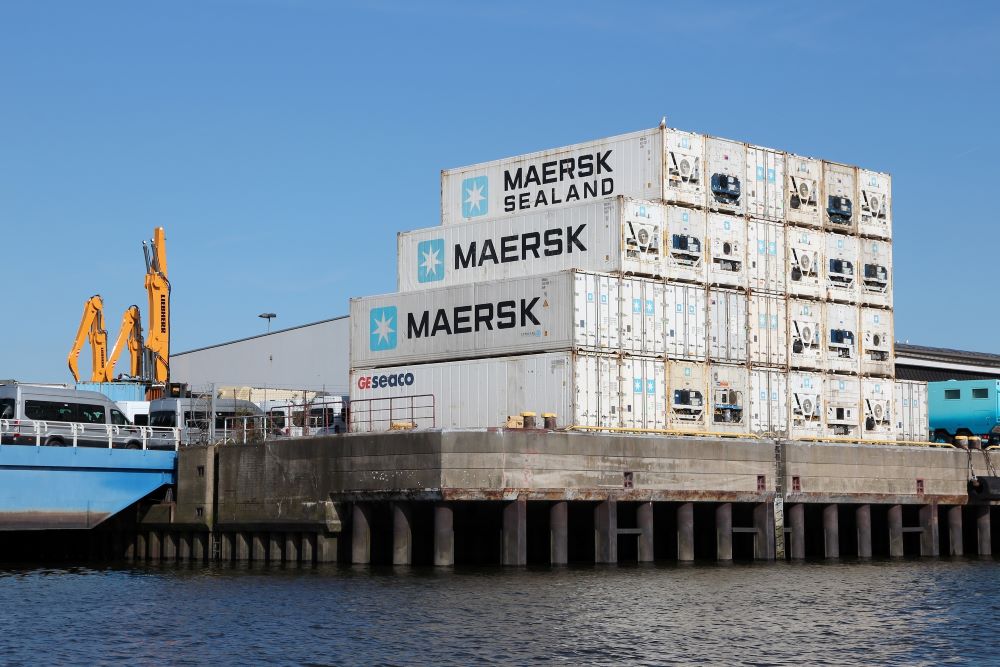
Shipping giant A.P. Moller-Maersk has indicated it will post record profits this year as it continues to benefit from the pandemic-driven freight boom.
Maersk – a bellwether firm for the shipping industry – raised its predicted profits for 2021 by almost US$5bn to the midpoint of its operating profit forecast.
The firm’s full-year EBITDA (earnings before interest, taxes, depreciation, and amortisation) will be $18-19.5bn, up from a previous forecast of $13-15bn, reports Bloomberg.
As reported in the IOE&IT Daily Update, other shippers have also posted record results recently, including Deutsche Post and UPS.
End-to-end
The company has laid out ambitions to compete for more end-to-end logistics business and last week concluded two acquisitions of B2C logistics firms worth $900m, reports Lloyds Loading List.
It paid $838m for US parcel delivery and fulfilment company Visible Supply Chain Management (Visible SCM) and announced its intention to acquire B2C Europe Holding B.V., a Dutch company, for $86m.
Maersk has a war chest of $7bn to invest in other potential deals in 2021-22 and has spent only $800m of it.
Maersk chief executive Soren Skou told the FT that he saw smaller deals as a more cost-effective way of achieving growth compared with “mega deals”.
Supply chain resilience
Commenting on the sector, the chief executive said he saw little evidence of ‘near-shoring’ – the idea that companies could move production back from Asia to Europe or the US in response to supply chain vulnerabilities brought on by the pandemic and rising shipping costs.
Instead, Skou said manufacturers were trying to make their supply chains more resilient by ending reliance on single suppliers and building up inventory.
Just-in-time supply was “invented in the 1980s when interest rates were much higher than today” he said, and with rates close to zero, “customers can afford to have more inventory”.



